Vintage Decoration
When it comes to decorating your home for the winter, and especially for the holidays, it is common to use some decorations that have been in the family for years or even decades.
It makes sense; holidays are a great time to celebrate traditions and reminisce with your loved ones. What better way to facilitate those conversations than with nostalgic pieces from your childhood.
It’s great to keep these items around and to pass them down through the generations, with new memories for each generation
Despite the immeasurable sentimental value that these decorations hold, it’s important to know that they could pose a danger to your family. Understanding dangers is the best way to begin mitigating them.
Some of these dangers could simply be avoided by taking extra precautions with the decorations, or by simply disposing of the decorations altogether. For the most part, it can often be as simple as a cost-benefit analysis.

Many vintage ornaments and decorations were painted with lead-based paint, which can be especially hazardous. Although lead poisoning is relatively difficult to contract simply by handling lead and lead-based products, it can very easily occur if any of these objects are accidentally ingested.
Unfortunately, the dangers of lead-based paint aren’t just a thing of the past. Overseas manufacturers aren’t subjected to the same health and safety regulations as domestic manufacturers, so lead-based paint and heavy metals have been found in some products.
In a similar fashion, vintage tinsel from the 1970s or earlier, should be swapped out for some modern tinsel. Lead was a primary material used in early tinsel manufacturing due to its ability to withstand tarnishing. While ornaments adorned with lead-based paint may not pose as much of a hazard, anyone who has handled even modern tinsel knows that those shiny little strands can get everywhere; just imagine if each one of those strands was made of lead.
If you’ve ever used spray snow or had decorations with artificial snow made from styrofoam, then you’ll know how messy it can be. Other than being messy, fake snow used to pose a risk to everyone’s health as well.
In the middle of the 20th century fake snow was made of asbestos.
Thankfully the asbestos fake snow wasn’t in production for a long time – about two decades– but it could still be present in other household products such as decorations with a frosted effect, as well as tree skirts and tablecloths. If you have any old decorations with a fake snow effect, it would be wise to dispose of them.
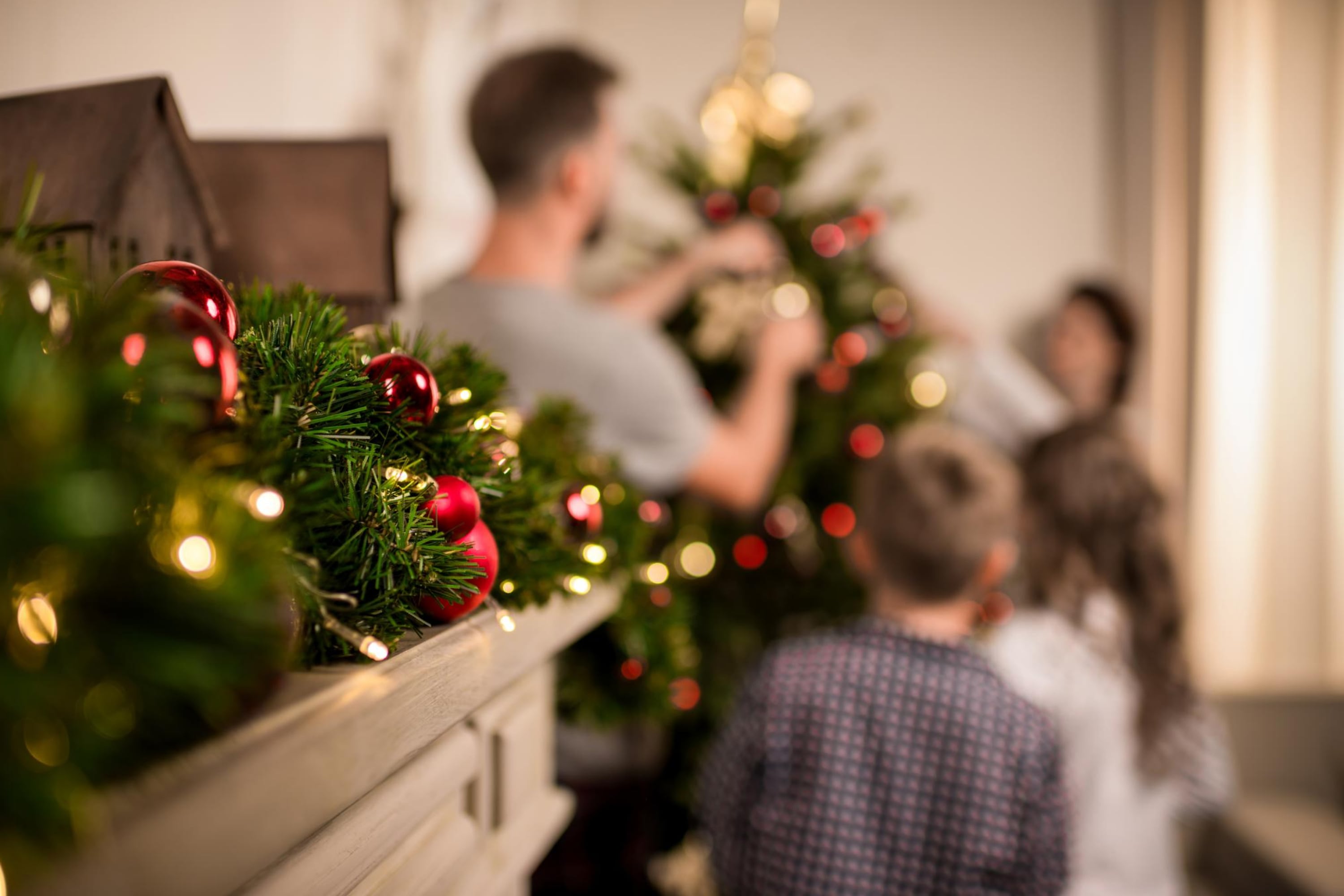
Fire Safety
Tons of holiday traditions and celebrations involve fire in one manner or another, and it’s no wonder why; it’s cold in the late fall and early winter!
At least one or more forms of fire are utilized in most holiday celebrations: candles, fireplaces, lanterns, sparklers and sometimes even fireworks. Combined with celebrations often including groups of people and alcoholic beverages, it’s important to consider all possibilities of what could go wrong and do your best to mitigate such hazards, while still being able to enjoy your holidays however you see fit.
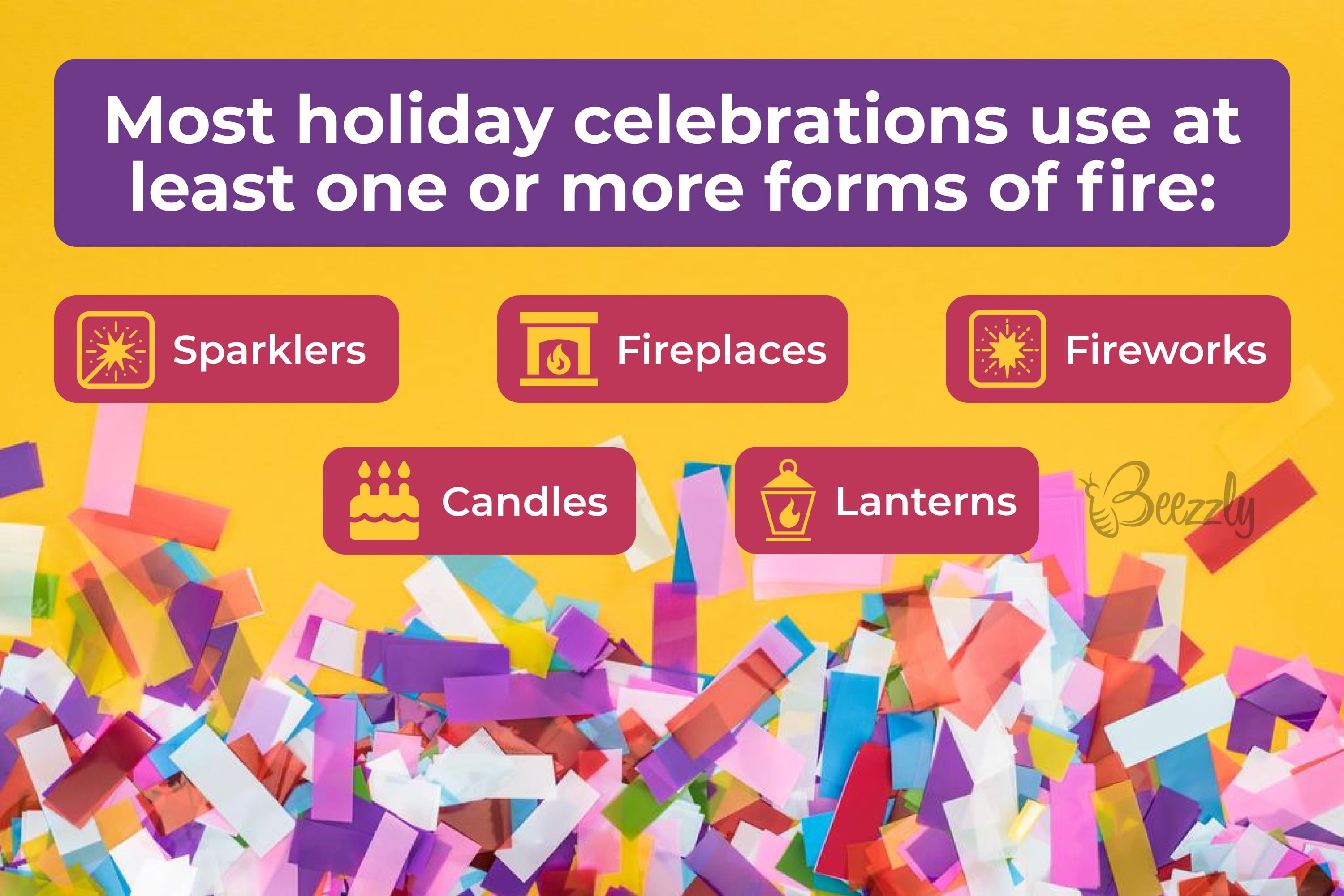
Pine trees have historically been a subject of the fire safety debate during holidays, as traditionally they used to be adorned with lit candles, and anyone who has disposed of the tree by means of a post-holidays fire knows exactly how flammable they are.
Although most people no longer use real candles to decorate their tree, string lights can still present a fire hazard since it can be really easy for a bulb to break and go unnoticed, allowing a fire to start once they are plugged in.
Additionally, artificial trees are often composed of metal limbs which are conductors of electricity, further adding to the fire hazard if they are exposed to an open circuit.
Open flames are innumerable during the holidays, and so are decorations that are frequently made of paper or plastic. These act as the perfect fuel for catastrophe. Any sort of open flame should be in a location free of clutter and flammable decor since it’s not realistic to keep an eye on the fire every second that it’s lit.

While it’s probably not completely practical, nor appealing to have fire extinguishers all over the house during the holidays– especially while guests are over– you could consider purchasing a couple fire safety blankets that are designed to smother a smaller fire.
These blankets are much easier to be out in the open while still being discrete enough to not detract from the rest of the decor. They also will not cause a substantial mess afterwards like a fire extinguisher would. A fire blanket is not a complete substitute for a fire extinguisher, however, and it’s important to have at least one in case a fire does occur and begins to get out of hand.
Much of the precautions you can take for fire safety have to do with simple situational awareness. Make sure no heat sources are left unattended and that flammable objects are removed from the vicinity of any heat sources. When cooking a holiday meal, however, if you opt to deep fry foods of any kind, it’s crucial that you are aware of the dangers with deep-frying foods that are still frozen.
Placing any kind of food in a deep fryer before it is completely thawed, can lead to severe burns and even fires since the ice within the frozen food will immediately turn into steam and will rapidly try to escape the fryer, bringing plenty of oil with it and potentially throwing it all over the kitchen and surrounding surfaces.
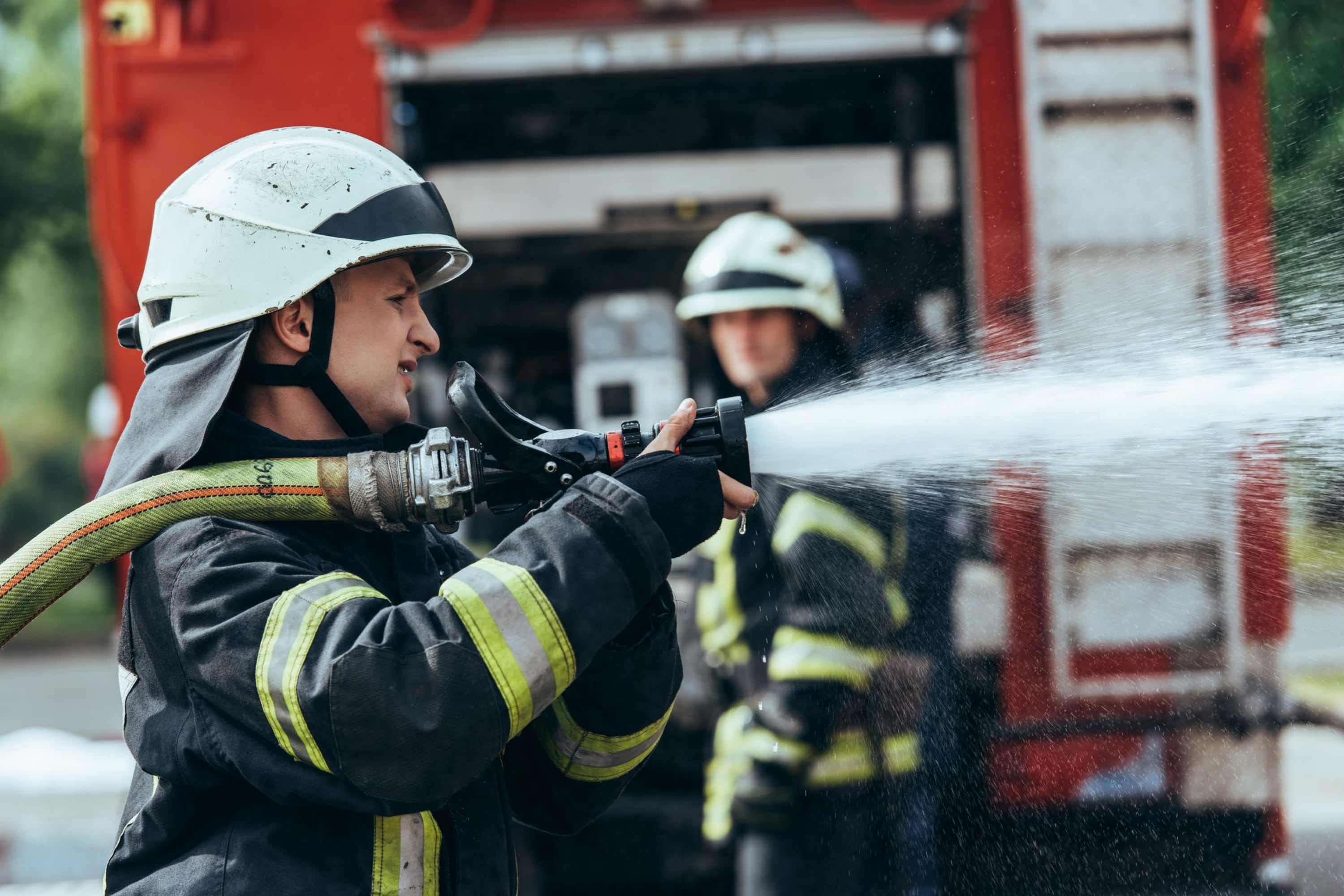
Safety For Your Little Ones
Holidays are culturally synonymous with the idea of children, so their safety should also be top of mind when preparing.
In addition to children, anyone with pets understands that they are just as much a member of the family as anybody else, and as such, it’s just as important to make sure their safety is considered and prepared for as well. A lot of safety tips for children also work well as safety tips for pets, and vice versa.
If you and your family like to bring a pine tree inside for the holidays, there are a few best practices that will help protect your smallest family members from common accidents. The tree, both real and artificial, should be securely anchored to prevent any sort of tipping or fall risks. Real trees should stand in a water bowl to help minimize shedding and fire hazards from a dry tree, but it also helps to prolong the life of your tree.
That water bowl shouldn’t be easy to access because the water for the tree is stagnant. Stagnant water, even indoors, can be a breeding ground for all sorts of bacteria while also leeching substances out of the tree’s base, which can easily spell disaster if someone decides to taste that toxic cocktail.
Other plant decorations such as lilies, mistletoe, holly, poinsettias, ornamental corn, and the like, are all wonderful additions to your holiday decor, but many of these plants have harmful side effects if ingested by pets or people.
When using these plants in your home, you can either opt for artificial versions made of safer alternatives like silk and cotton, or make sure that whatever ones you place are located well out of reach.
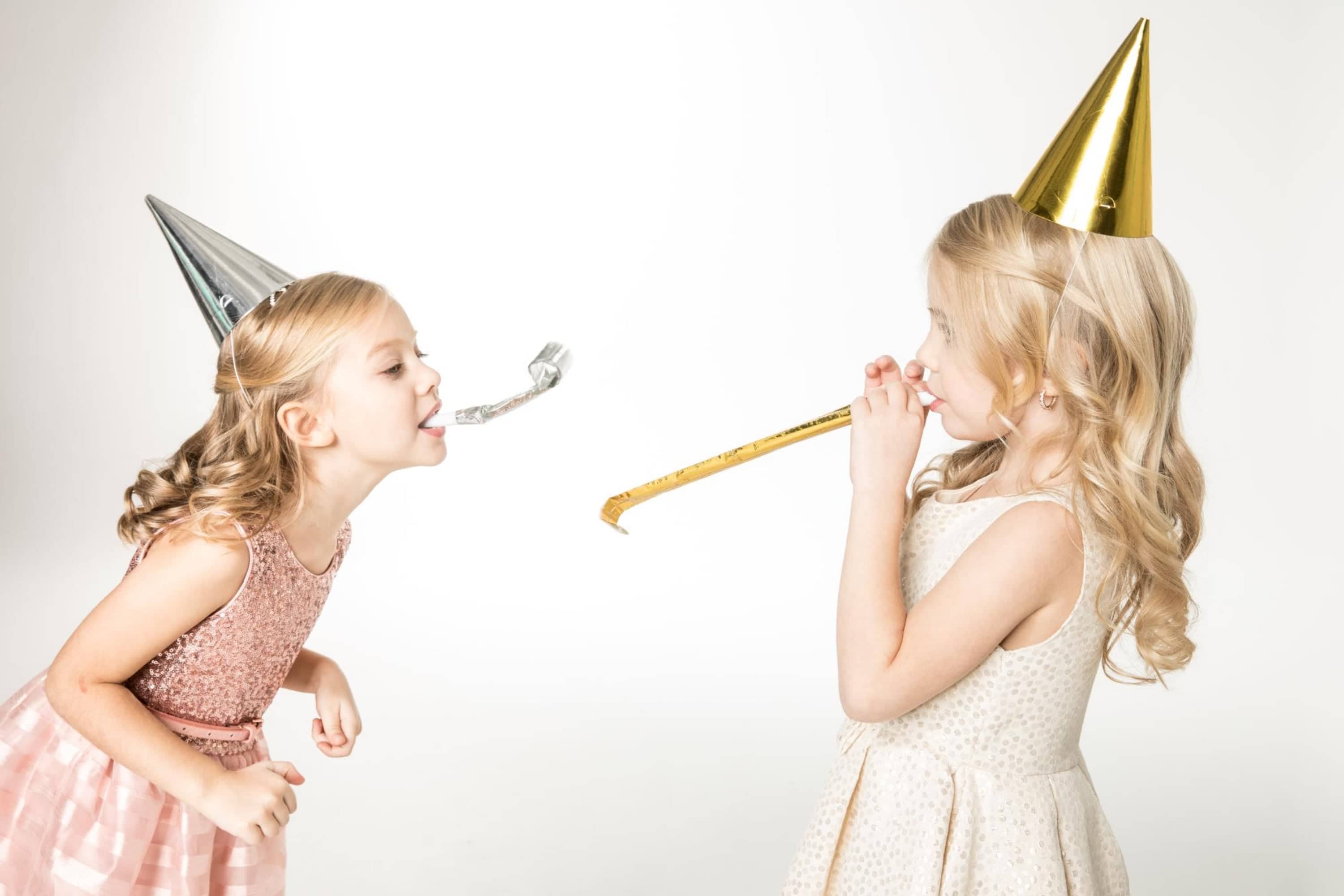
Conclusion
While this isn’t an exhaustive list of everything you could do to make sure your holidays are as safe as they can be, it’s a great list to get you started and in the right direction.
Some safety precautions are specific to you, your celebrations, and your loved ones, so the best precaution is to be vigilant. The holidays can already be extremely stressful, an easily preventable emergency shouldn’t be one of those stressors.
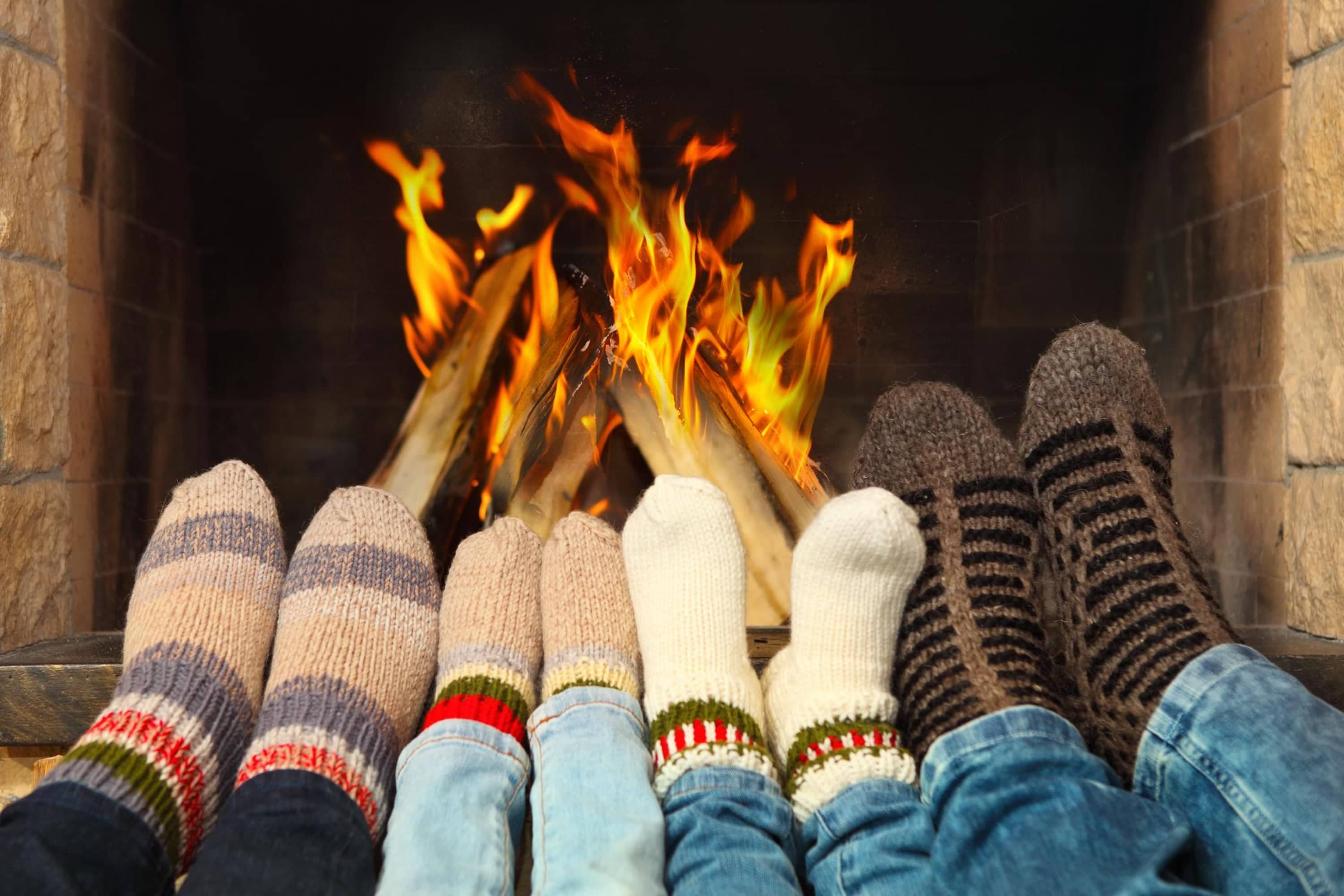
[wp-faq-schema title=”Frequently Asked Questions”]
